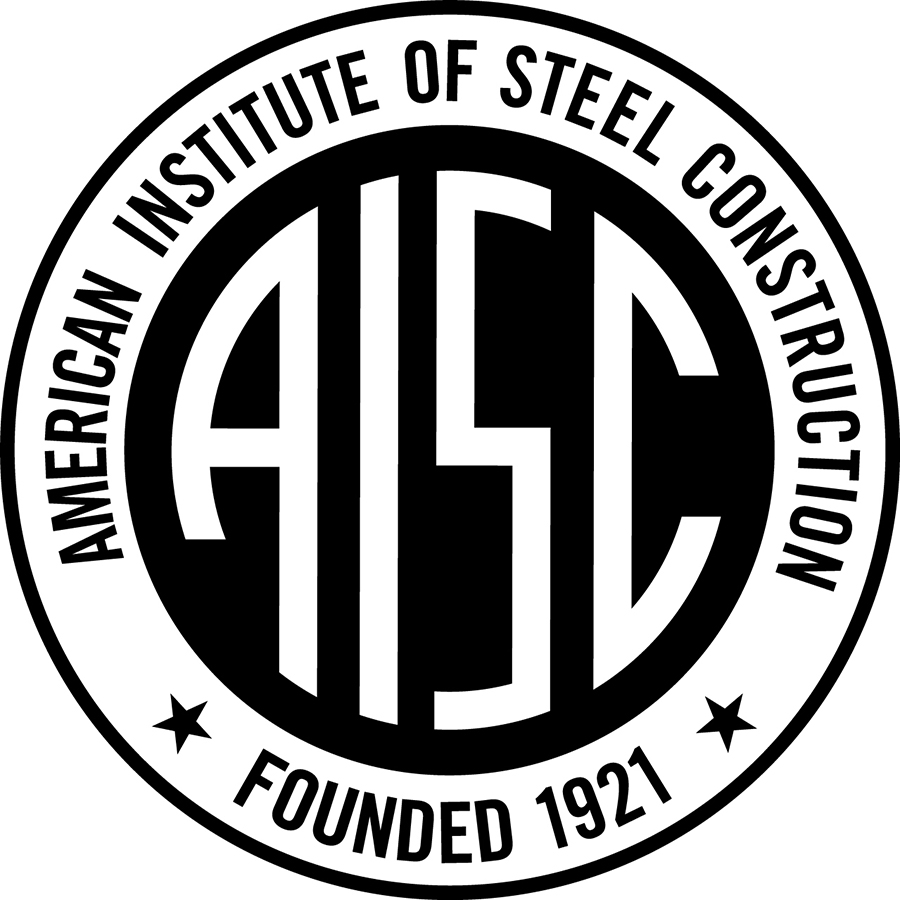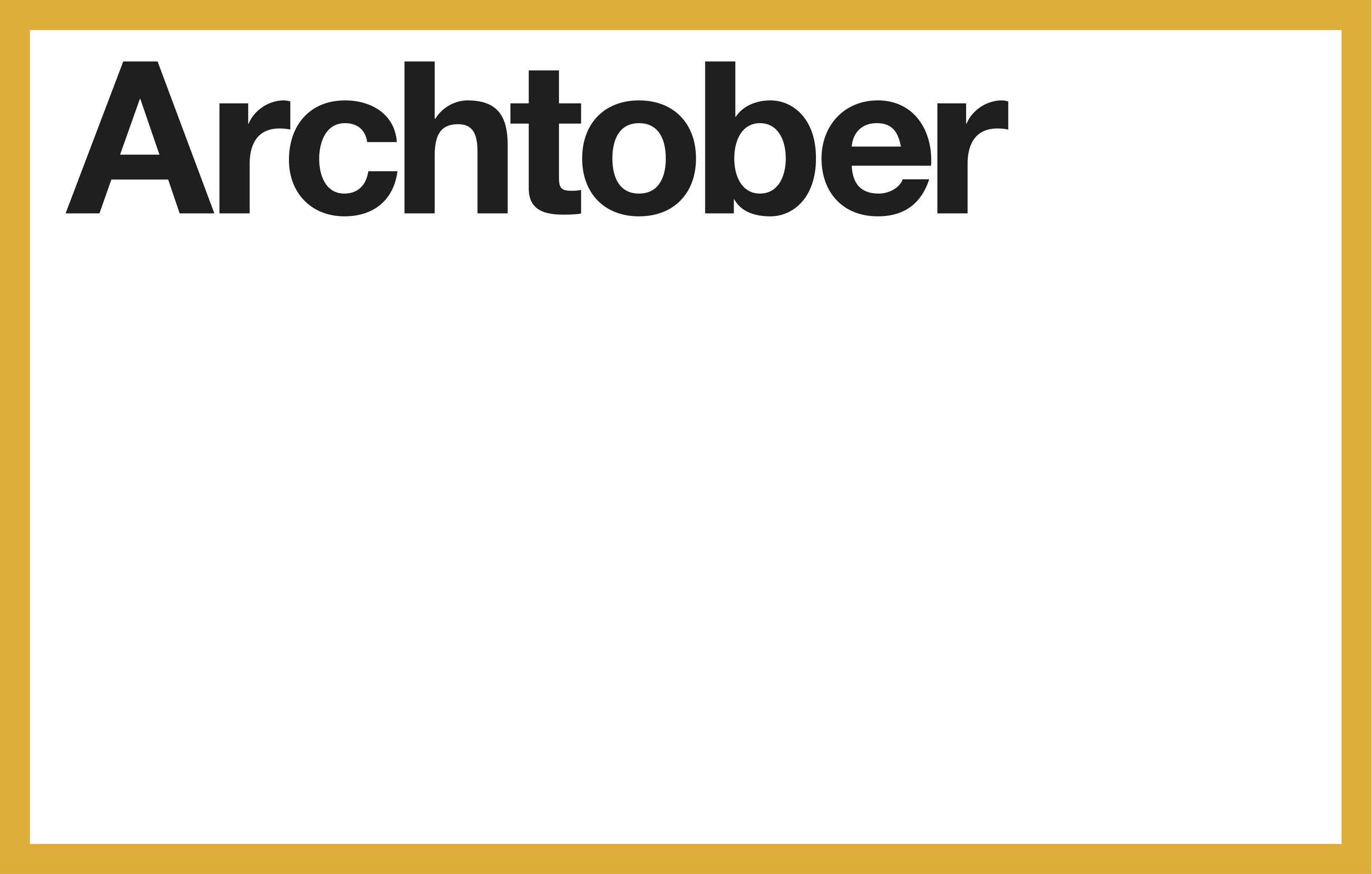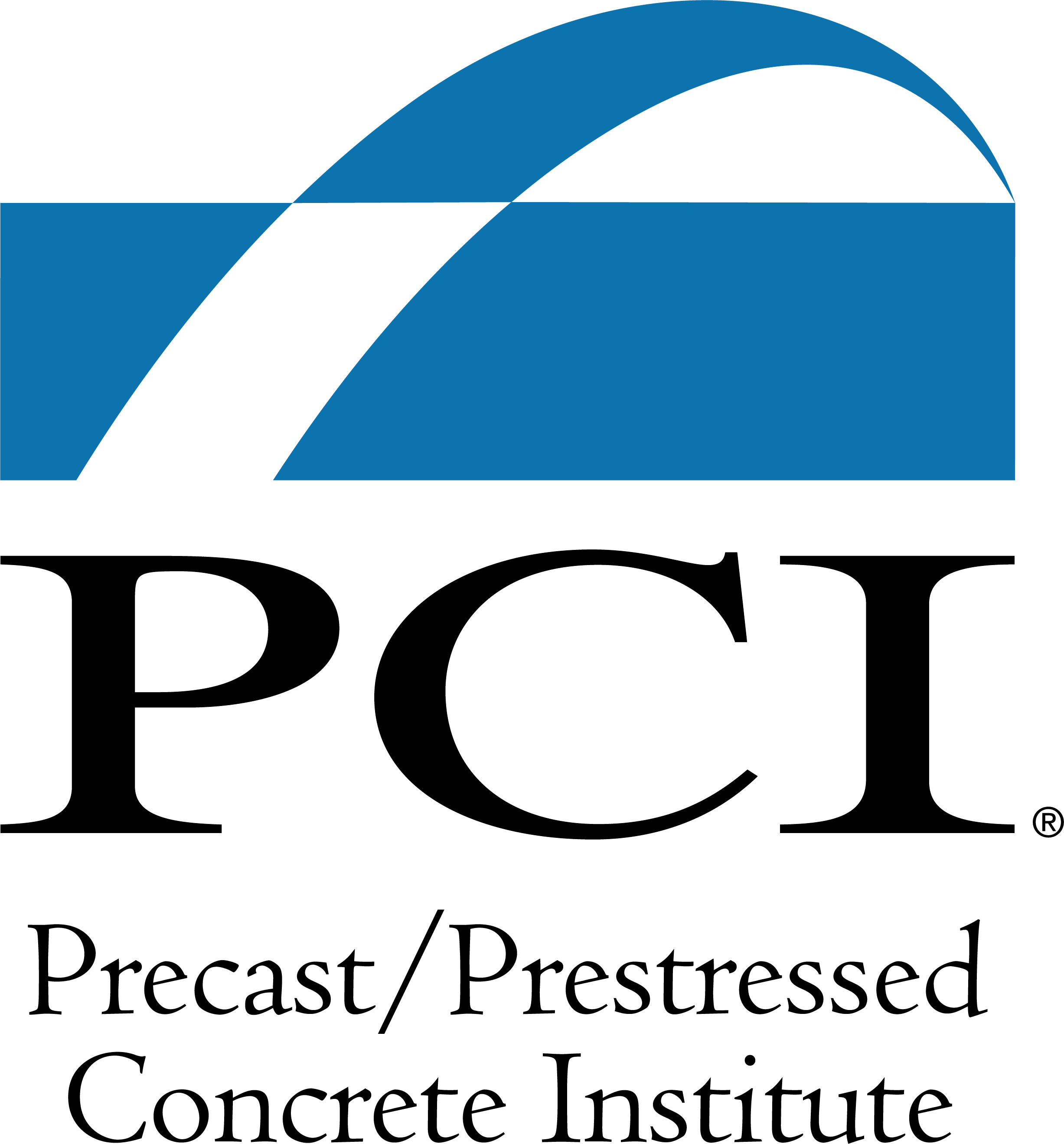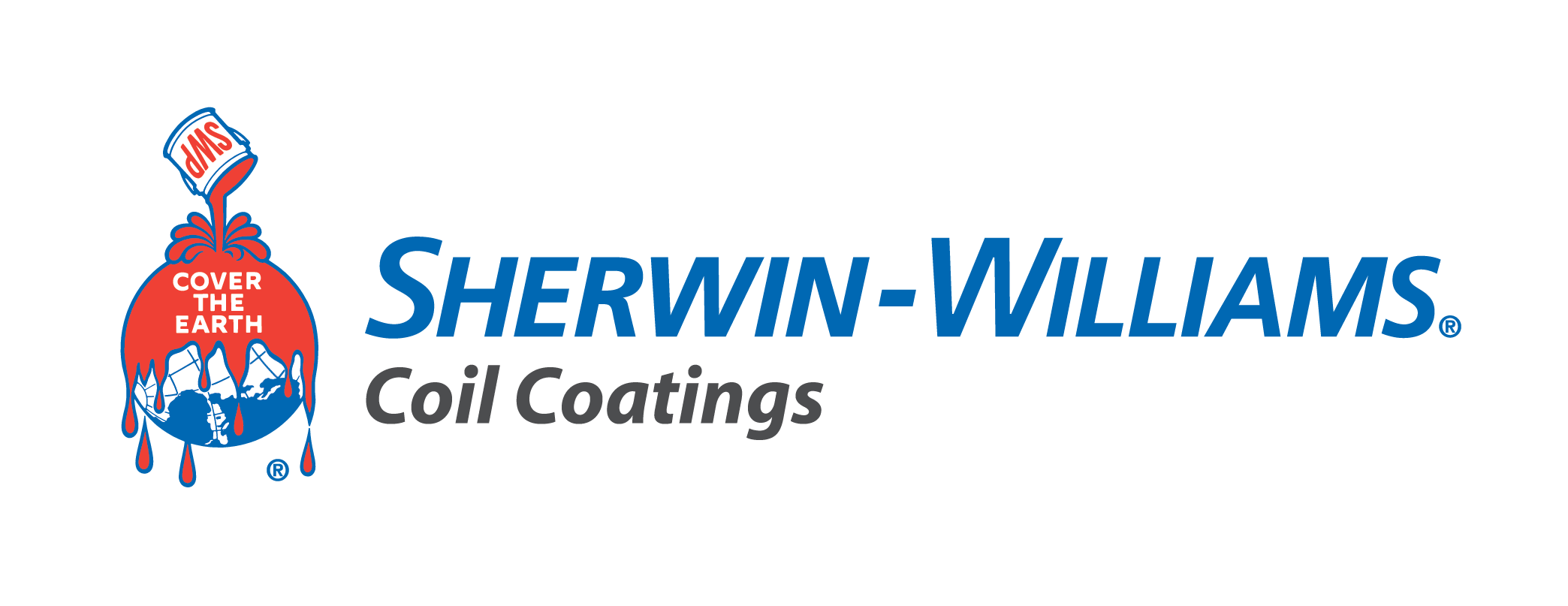Architecture and Planning in a Time of FLUX
Learning Objectives:
- Outline strategies for repurposing outdated or disused urban infrastructure and buildings for beneficial civic use.
- Describe planning and design processes that promote equity and inclusion in the built environment.
- Discuss how data can help policy makers and designers understand urban environmental problems and create more livable and resilient cities.
- Identify construction techniques, materials, and sustainable strategies that can help address seemingly intractable urban challenges, such as the housing crisis.
Credits:
This course can be self-reported to the AANB, as per their CE Guidelines
Approved for structured learning
Approved for Core Learning
This course can be self-reported to the NLAA
Course may qualify for Learning Hours with NWTAA
Course eligible for OAA Learning Hours
This course is approved as a core course
This course can be self-reported for Learning Units to the Architectural Institute of British Columbia
Today, flux and uncertainty characterizes our planetary condition: a flux in climate and political, economic and cultural circumstances. The first part of Rahul Mehrotra’s talk will focus on understanding the nature of flux and its implications for architecture and planning within the larger culture of how the profession and the academy situate these questions. The architect will discuss the notion of the Kinetic City and his expanded research on Ephemeral Urbanism, as well as the application of those ideas to Mumbai and to India. In addition, he will describe two of his projects, to emblematically represent the gamut of issues that an architect must grapple with in the context of India – but that also resonate with questions for the profession globally.

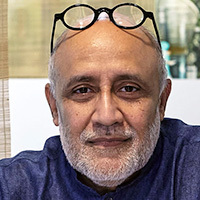
|
Rahul Mehrotra is a Professor of Urban Design and Planning and the John T. Dunlop Professor in Housing and Urbanization at the Graduate School of Design at Harvard University. He is the founding principal of RMA Architects, with studios in Mumbai and Boston. RMA Architects has designed projects for government and private institutions, as well as corporate workplaces, private homes, and unsolicited projects driven by the firm’s commitment to advocacy in the city of Mumbai. In 2018, RMA Architects was awarded the Venice Biennale juror’s Special Mention for “Three projects that address issues of Intimacy and empathy, gently diffusing social boundaries and hierarchies.” From 2012 to 2015, Mehrotra led a Harvard University-wide research project with Professor Diana Eck, called The Kumbh Mela: Mapping the Ephemeral Mega City, published as a book in 2014. The research was extended in 2017 in the form of another book titled Does Permanence Matter? Mehrotra also co-authored Taj Mahal : Multiple Narratives (2017). His most recent books are Working in Mumbai (2020)—reflecting his extensive practice there --and The Kinetic City ( 2021), which includes his writings about his thirty years of long-term engagement with and analysis of urbanism in India. This work has given rise to a new conceptualization of the city which Mehrotra calls the Kinetic City. |










